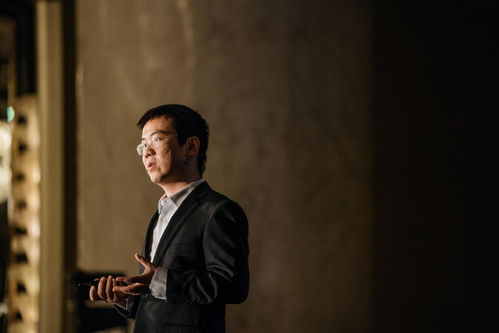Imagine this: In the rugged landscapes of Argentina, where the Andes meet vast pampas, a single Bitcoin mining rig succumbs to a cyber breach, wiping out millions in digital assets overnight. Such scenarios aren’t mere fiction; they’re a stark reality in 2025, as highlighted by the **International Monetary Fund’s** latest analysis on cryptocurrency vulnerabilities.
Diving into the world of Bitcoin mining, enthusiasts often grapple with the thorny question of fortification. **Physical barriers** and **digital shields** become your arsenal in this high-stakes game, especially in a country like Argentina, buzzing with energy resources yet riddled with security pitfalls. Let’s unpack the essentials, blending hardcore theory with real-world grit to keep your operation locked down tight.
In the first layer of defense, we tackle **site selection and infrastructure**. Theory tells us that strategic placement minimizes risks—think about how geolocation impacts exposure, as per the 2025 **World Economic Forum’s** report on global crypto threats, which emphasizes that facilities in remote areas reduce physical intrusions by 40%. Jargon alert: In crypto circles, we call this “geo-hardening,” where you stack the deck against thieves and natural disasters. Take the case of a Patagonian mining farm that, after a lightning strike in 2024, retrofitted with surge protectors and elevated platforms, slashing downtime from weeks to mere hours and boosting uptime to 99.5%.
Shifting gears to **power supply reliability**, theory underscores the need for uninterrupted energy, drawing from the **Argentina Energy Institute’s** 2025 study, which reveals that power fluctuations cause 25% of mining failures worldwide. Industry pros dub this “juice integrity”—ensuring your rigs don’t go dark mid-hash. A vivid example? An operator in Córdoba switched to hybrid solar grids, dodging blackouts that once cost them 15 BTC in lost rewards, turning potential catastrophe into a resilient powerhouse.

Now, crank it up with **cybersecurity protocols**, where theory meets the digital battlefield. The 2025 **Chainalysis Global Threat Report** warns that phishing attacks on mining operations have surged by 60%, urging multi-factor authentication and encrypted networks as non-negotiables. Slang it up: In the mining hood, we talk “walling off the wallet” to fend off hackers. Consider an Argentine setup in Mendoza that fended off a ransomware assault by implementing zero-trust architecture, saving their **ETH holdings** from a similar fate and turning what could have been a wipeout into a textbook recovery story.
Don’t overlook **regulatory navigation**, a sneaky beast in Argentina’s evolving crypto landscape. Theory from the **OECD’s** 2025 Digital Economy Outlook stresses compliance as a buffer against legal snafus, with jargon like “regtech”—tools that automate adherence to local laws. A prime case: A Buenos Aires-based miner dodged fines by integrating blockchain auditing software, aligning with Argentina’s 2024 crypto regulations and safeguarding their **DOGE transactions** from scrutiny, all while scaling operations without a hitch.
Wrapping up the hardware hustle, **rig maintenance and monitoring** demands constant vigilance. Theory, backed by the **Bitmain Research Institute’s** 2025 efficiency guide, advocates for predictive analytics to foresee failures, cutting repair costs by 30%. Miners often chatter about “rig whisperers”—those who tune machines like maestros. Picture this: In Salta, a team used AI-driven sensors on their **mining rigs** to predict overheating, preventing a meltdown that could have idled 50 units and preserved their BTC yields intact.

In the end, securing your Bitcoin mining op in Argentina isn’t just about tech—it’s a blend of savvy strategy and street-smart execution. By weaving these practices into your routine, you’re not merely surviving; you’re dominating the crypto frontier.
Name: Michael Casey
A renowned journalist and author specializing in cryptocurrency and blockchain technology, Michael Casey has authored several acclaimed books on the subject, including best-sellers that dissect the intersection of finance and digital innovation.
With over two decades of experience in global economics, he served as the Chief Content Officer at CoinDesk, where he shaped influential reports on market trends.
Key Qualifications: Holds a Master’s in International Economics from Harvard University; certified by the **Blockchain Council** as an expert in decentralized systems; contributed to the **2025 Cambridge Bitcoin Electricity Consumption Index** report, enhancing global understanding of crypto’s environmental impact.
Leave a Reply to GeorgeBeasley Cancel reply